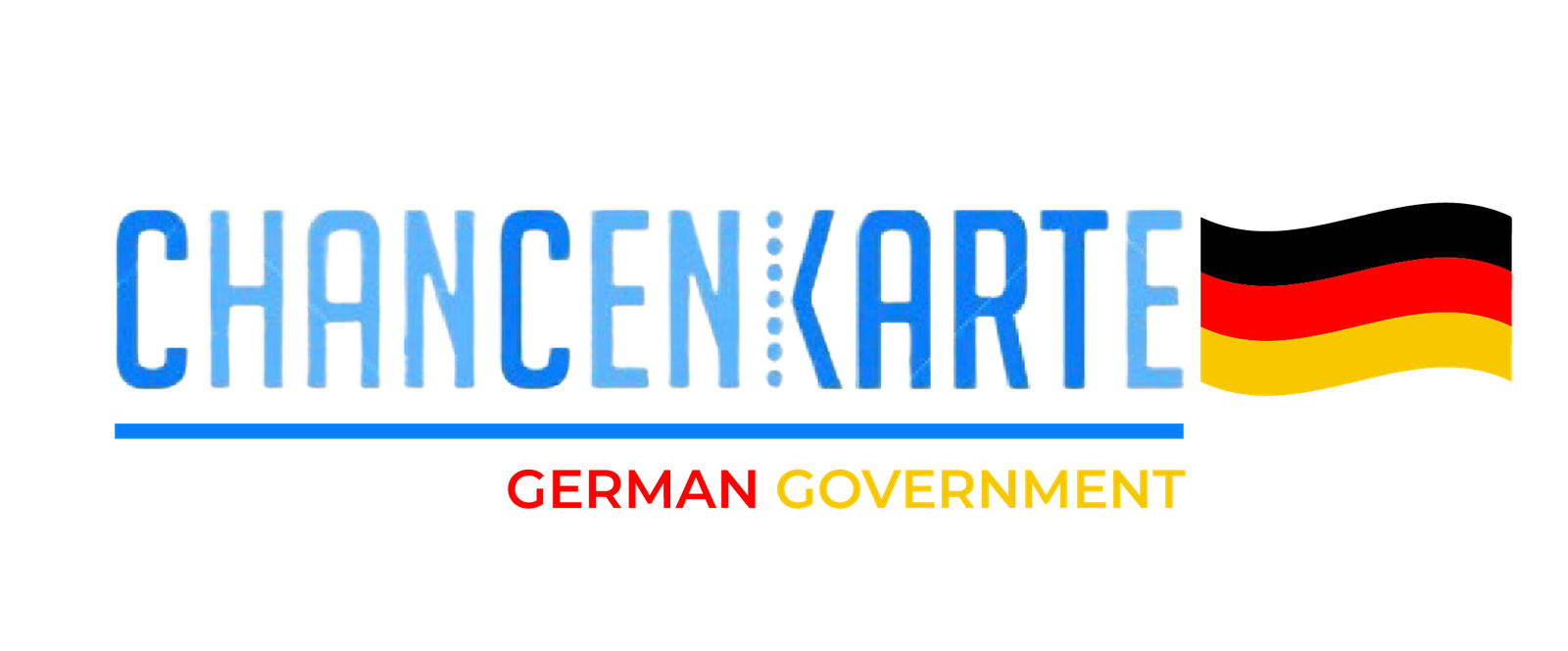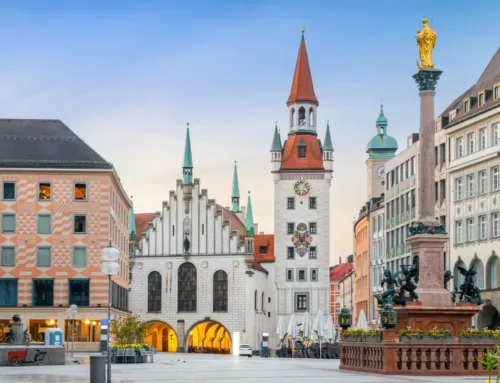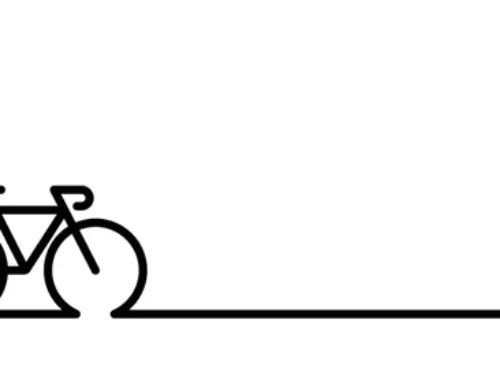Public Transportation in Germany: Rules and Etiquette
Public Transportation in Germany
Germany’s public transportation network is a marvel of efficiency and dependability. A web of trains, buses, trams, and subways connects urban centers and rural regions, offering a convenient and environmentally friendly way to navigate the country. Whether you’re a seasoned resident or a first-time visitor, understanding the regulations and etiquette of public transit can significantly enhance your travel experience. This comprehensive guide provides a breakdown of ticketing, different types of transportation, essential etiquette, and recent developments in Germany’s public transportation system (as of November 2024).
1. Ticketing and Fare Regulations:
Germany utilizes a self-service ticketing system, requiring you to purchase and validate your ticket before boarding. Here are some key points to remember:
- Ticket Acquisition: Tickets can be purchased from vending machines in stations, at ticket offices, or through mobile applications offered by transport authorities. Ensure you choose the correct zone and ticket type for your journey. For detailed information on specific cities, consult the official websites of local transportation companies (e.g., Berliner Verkehrsbetriebe (BVG) for Berlin or Münchner Verkehrsgesellschaft (MVG) for Munich).
- Ticket Validation: For buses and trams, tickets are often validated upon boarding by stamping them in a machine located near the entrance. However, for trains and subways, you must validate your ticket at designated machines on the platform before boarding. Neglecting to validate, even if you have a valid ticket, can result in a fine.
- Penalties: Traveling without a valid ticket constitutes fare evasion and can incur fines starting at €60. Ticket inspectors conduct random checks on all modes of public transportation, so be sure to have a valid ticket ready for inspection.
2. Navigating the Network:
Germany’s public transportation system offers a variety of options to suit your needs:
- S-Bahn Trains: These suburban trains operate within metropolitan areas, connecting city centers with surrounding suburbs. They offer a faster and more frequent service compared to regional trains.
- Regionalbahn Trains (RB): These trains connect towns and regions beyond major cities, providing a comfortable and efficient way to travel longer distances.
- U-Bahn (Subways): Large cities like Berlin, Munich, and Hamburg boast extensive underground subway networks offering a fast and convenient way to navigate within the city center.
- Trams and Buses: These modes of transportation provide local services within most cities and towns. They are a cost-effective option for shorter journeys and often connect with other forms of public transport.
3. Etiquette for Smooth Sailing:
To ensure a pleasant public transportation experience for everyone, adhering to basic etiquette is essential:
- Priority Seating: Look out for designated seats near doors that are reserved for passengers with disabilities, the elderly, and pregnant women. Always give up your seat if someone who needs it boards.
- Boarding and Disembarking: Allow passengers to disembark from the vehicle before you board, especially during peak hours. Wait patiently by the entrance until everyone has exited before making your way onto the vehicle.
- Noise Levels: Keep phone calls and conversations at a low volume to avoid disturbing other passengers. Listening to music with headphones is acceptable, but ensure the volume is considerate of others.
- Food and Beverages: While not strictly forbidden, it’s polite to avoid consuming strong-smelling foods or leaving any litter behind. Some regions may have specific regulations regarding the consumption of alcohol on public transport.
- Bicycles and Strollers: Most forms of public transportation allow bicycles and strollers, but designated areas for their accommodation might exist. Be mindful of space, especially during peak hours, and be sure to follow any specific regulations related to bicycles on specific trains or buses. Detailed information can often be found on the websites of local transport authorities (For information on bicycles on public transport in Germany, you can visit the Deutsche Bahn website: https://www.bahn.de/).
4. Time is Money (and Punctuality):
The German public transportation system is renowned for its punctuality. Ensure you arrive at your station or stop well in advance, as buses and trains typically adhere to a strict schedule. Timetables are displayed at most stops and are readily accessible through mobile applications or online platforms offered by local transport companies.
5. Recent Developments: The €49 Deutschlandticket:
In 2024, Germany introduced the €49 Deutschlandticket, a game-changer for public transportation users. This affordable monthly ticket allows unlimited travel across all modes of public transportation, making it a fantastic option for exploring the country.
Additional Tips:
- Plan Your Journey: Use journey planners like Google Maps or the DB Navigator app to find the best routes and real-time updates.
- Purchase Tickets in Advance: Consider buying tickets online or through mobile apps to save time and avoid queues.
- Be Prepared for Delays: While German public transportation is generally punctual, delays can occur due to various factors. It’s always a good idea to have a backup plan.
- Respect Local Customs: Be mindful of local customs and etiquette, especially when interacting with public transportation staff.
See More Articles Here.



